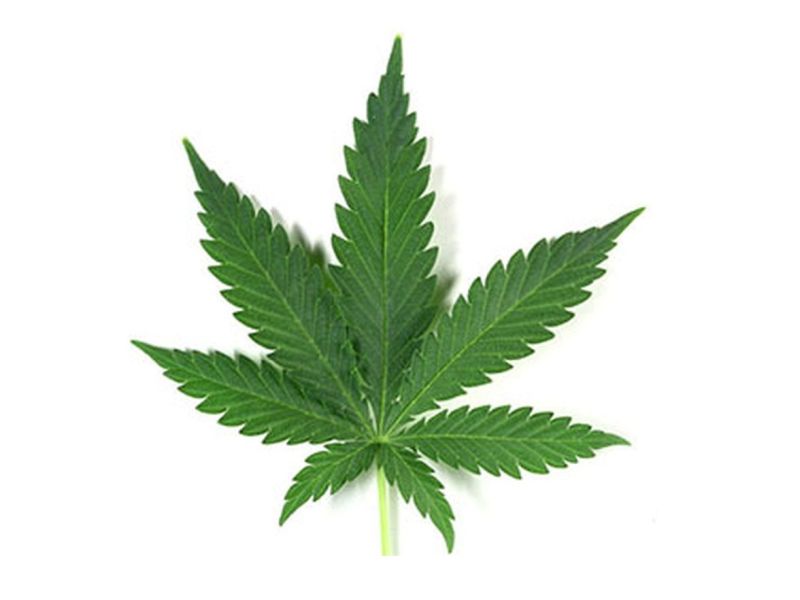
As more American adults choose to puff at the marijuana pipe, a gender difference is becoming clear — men are significantly more likely to smoke pot than women, a new study finds.
Compared with 2002, an additional 6 million men reported past-year pot smoking in 2014. For women, that number was 4 million, the researchers said.
Use remained at about 13 percent for men and 7 percent for women for a number of years. But after 2007, use rose about 4 percent among men and 3 percent among women, according to study authors Hannah Carliner and Deborah Hasin. They are epidemiologists at the Columbia University Mailman School of Public Health in New York City.
“These changes parallel national trends in decreased perceived harmfulness of marijuana use, and legalization of both recreational and medical use in over half of U.S. states,” Carliner said in a university news release.
“However, changes in attitudes and legality do not sufficiently explain why we observe a sharp increase in use in 2007, or why this increase was greater in men than in women,” she added.
Further investigation revealed that the widening gender gap was driven by people with low incomes. Between 2007 and 2014, marijuana use increased about 6 percent among men in households earning less than $20,000 annually, compared to only 2 percent of women in that group.
These increases corresponded to the start of the Great Recession and rising unemployment rates in 2007, according to the report.
The stress of financial struggles may help explain increased marijuana use among men with low incomes, the study authors suggested.
“While an economic recovery began around 2012, it largely bypassed men in the low-income manufacturing and construction fields, where earning and employment rates remained low,” Carliner said.
According to Hasin, the findings “are consistent with other recent national studies documenting increasing rates of disease and death related to substance use among middle-aged low socioeconomic status white Americans.”
Carliner added that identifying high-risk periods and groups of people might help target prevention efforts in the future.
The report was published online recently in the journal Drug and Alcohol Dependence.
More information
The U.S. National Institute on Drug Abuse has more about marijuana.
Source: HealthDay

Leave a Reply